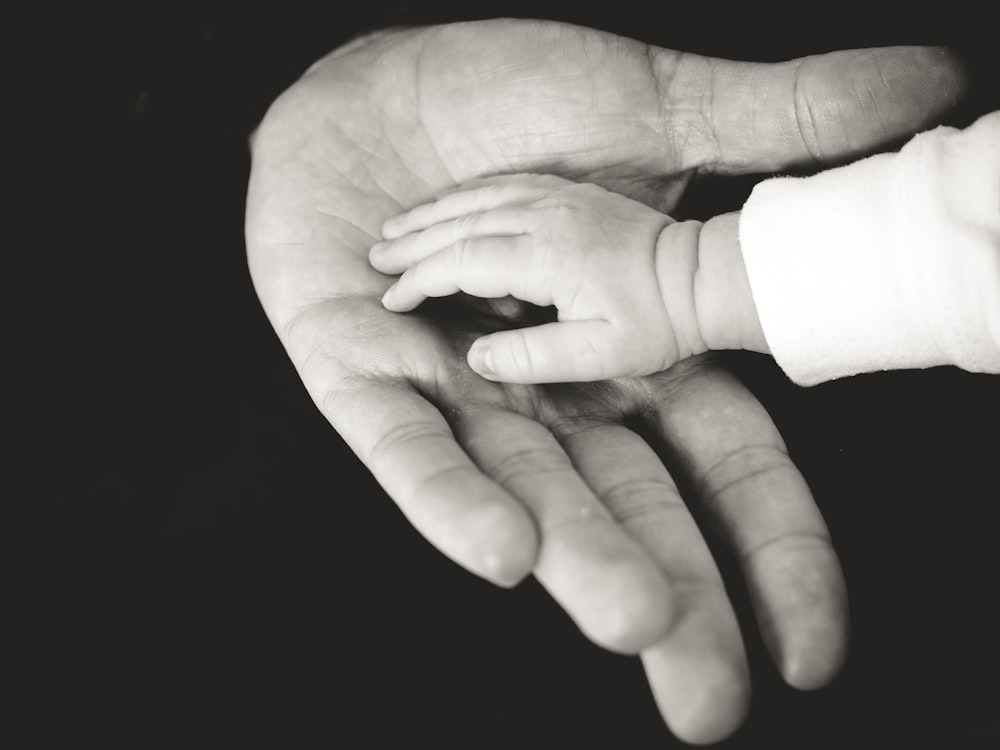Month: April 2018
Can Forceps Cause Birth Injuries?

Bringing a new baby into the world can be the fulfillment of a dream for many people. But that lifelong fantasy can turn horrific when a birth issue arises. The female body is specifically created to produce life, but that doesn’t guarantee each birth will be smooth and problem-free. The end result is what matters, and any extra stress or potential scares are soon alleviated by that warm, wriggling, new body in your arms. Forceps are often used to help ensure that result becomes a reality, but what is the purpose of the medical device and can they actually cause a birth defect or traumatic birth injury?
What Are Forceps and Why Are They Used?
The medical industry is so advanced that it seems to have a piece of equipment or professional solution to handle any common problem. Forceps are often used in the case of problematic pregnancies. The handheld device closely resembles a pair of large metal salad tongs, and it’s used in quite a similar manner. But instead of the open end scooping up vegetables, It’s placed around the infant’s head to help create an easier delivery. Unfortunately, the results of that decision can be painful and traumatic. Most medical professionals admit to potential birth injury issues with using forceps, but if a natural delivery is especially challenging, they’ll still often be used.
The most common reason forceps are used is because the mother cannot manage to push the baby out on her own during delivery. There may be several reasons for that, including exhaustion, infection, hemorrhage, and extended or prolonged delivery. Forceps may be required if birthing drugs limit the mother’s abilities to push or if the baby is breech. In most cases, the doctor views these conditions as emergency uses for forceps. And they’re usually only used if the medical team has the immediate ability to perform a cesarean section in the event the forceps don’t assist well enough with the planned natural birth.
What Are the Potential Problems with Using Forceps?
Unlike birth defects which usually form during the pregnancy, birth injuries generally occur during or right after delivery. It’s estimated that 2% of annual US births, or approximately 7 out of 1000 live births, experience a traumatic birth injury. Up to 29 out of 1000 infants experience a traumatic birth, and most of those are no worse for wear once they’re in their mother’s arms. However, when medical negligence is the cause, it can lead to expensive, extensive, and heart-wrenching consequences. Some of these can include:
- Bruises
- Lacerations
- Broken bones
- Skull fractures
- Brain damage
- Seizures
- Cerebral palsy
And the trauma isn’t always just reserved for the infant. Birth trauma due to improper or negligent use of forceps can also result in anemia, bladder and urethra injuries, incontinence, extended post-delivery vaginal pain, and tears or lacerations for the mother. While maternal injuries and conditions are usually easily treated and reversible, a preventable birth defect or traumatic birth injury can lead to years or even a lifetime of health concerns for the child. If you and your offspring have been a part of a traumatic birth injury due to forceps negligence, the right birth injury attorney can help you get the financial restitution you’ll need to ensure the best care possible for your bundle of joy.
…








